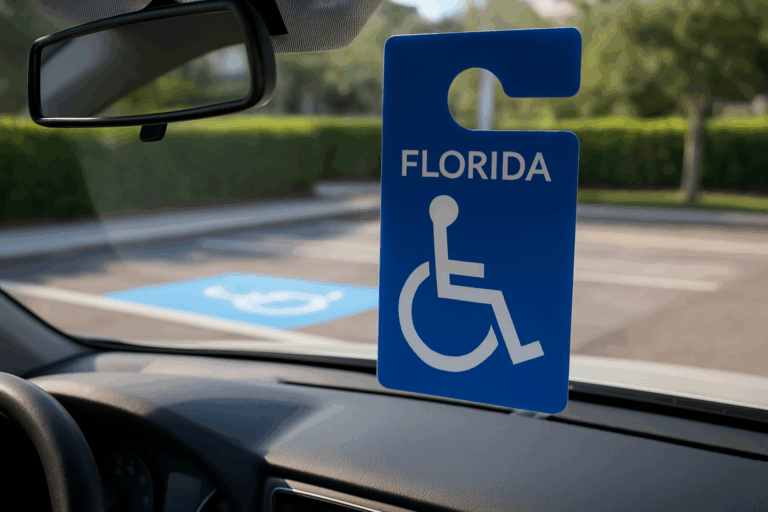Ever wonder what you are paying for when you pay your car insurance premiums? Here is an overview of the different kinds of insurance and what is generally covered.
Liability coverage – Almost every state requires drivers to have liability coverage to pay for damages that the insured causes to other drivers and their property. For example, Florida requires drivers to have a minimum of $10,000 of bodily injury coverage for one person injured in an accident and a minimum of $20,000 of coverage for all injuries in one accident. Florida further requires drivers to have $10,000 minimum in property liability for an accident.
Collision and comprehensive coverage pays for injuries to your car from either an accident with another car that you, the driver caused (collision), or another type of accident, such as fire or vandalism (comprehensive).
Uninsured or underinsured motorist coverage covers damages to you and your car if you are injured by a driver that does not have auto insurance. Some states require you to have this type of coverage. Check with your local DMV.
Many insurers also off additional insurance programs, such as coverage for a rental car or coverage for roadside assistance.
Each state’s laws differ on car insurance requirements. Moving this summer? Check with the local DMV in your new neighborhood to see what the requirements are in your state.



